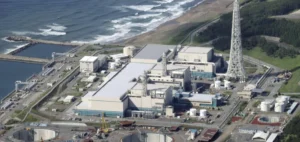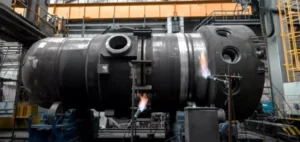The Palisades nuclear power plant in Covert, Michigan, could face major obstacles in its attempt to restart.
Closed in 2022 after more than fifty years in service, the plant is now under the management of Holtec International, which plans to reactivate it within a year thanks to a conditional $1.52 billion loan from the US government.
However, significant concerns about the site’s safety are being raised by Alan Blind, the plant’s former engineering manager.
Reported Safety Problems
Alan Blind, who oversaw Palisades’ engineering from 2006 to 2013, highlights waivers granted by the Nuclear Regulatory Commission (NRC) that allowed the plant to fail to meet certain modern safety standards.
These waivers relate to the prevention of cooling system blockages, earthquake protection and fire risk reduction.
Blind expresses concern that these issues will not be sufficiently resolved before the restart attempt.
“I’m pro-nuclear, but they picked the wrong horse for this race,” says Blind.
Since retirement, he has been following Palisades’ exemption applications and doubts the NRC’s ability to enforce the required safety standards.
Reactions from the authorities and Holtec
NRC spokesman Scott Burnell assures us that the review of Holtec’s applications will include a detailed assessment of the safety issues raised. The NRC will only allow Palisades to restart if Holtec complies with all safety and environmental requirements. Holtec, for its part, promises that Palisades will undergo rigorous inspections, testing and upgrades to ensure safe and reliable operation.
“Palisades will undergo extensive inspections and modifications to ensure safe and reliable extended operation,” says Holtec spokesperson Pat O’Brien.
Support and controversy
Entergy Corp, the former operator of Palisades, supports the reopening efforts but does not comment on the concerns raised by Blind.
In May 2022, Entergy shut down the plant two weeks ahead of schedule due to a technical problem, despite a $6 billion federal program to support ailing nuclear plants. The Biden administration sees nuclear power as essential in the fight against climate change, and supports efforts to reactivate closed plants, delay retirements and accelerate new projects. The restart of the Palisades nuclear power plant is in doubt due to significant safety concerns.
The NRC and Holtec will need to ensure that all safety standards are met prior to any restart.
This situation highlights the complex challenges of reopening nuclear power plants, and the importance of rigorous review to ensure public and environmental safety.






















